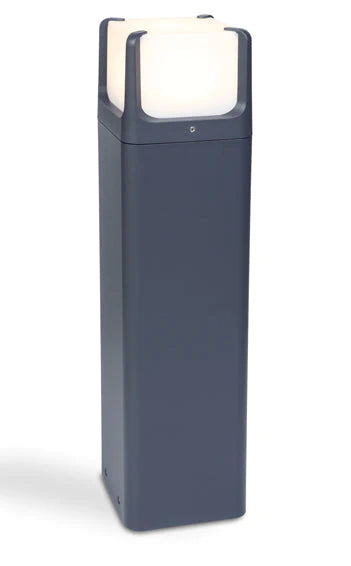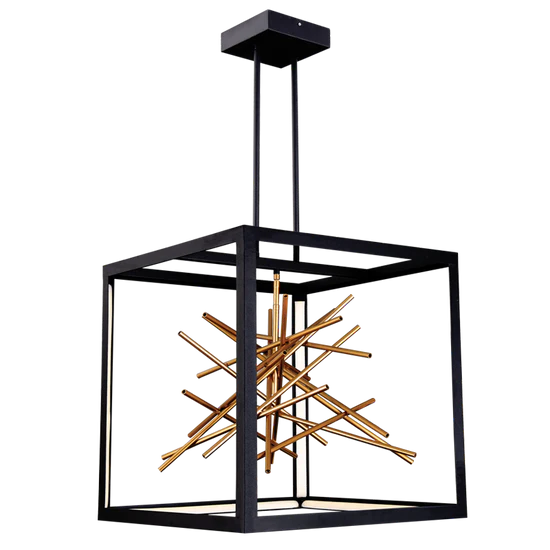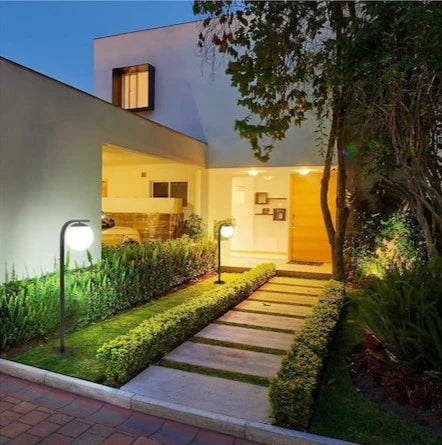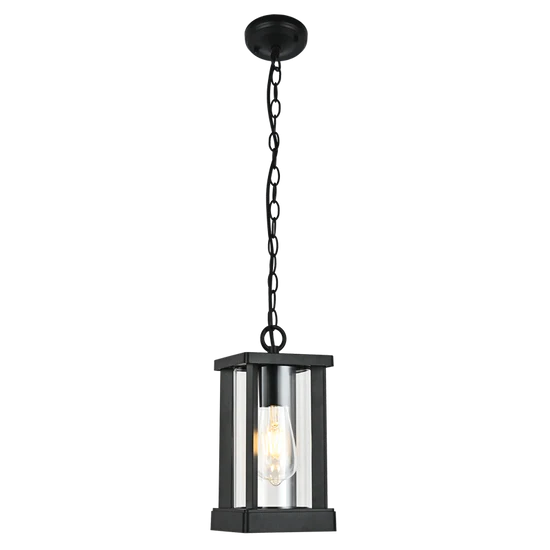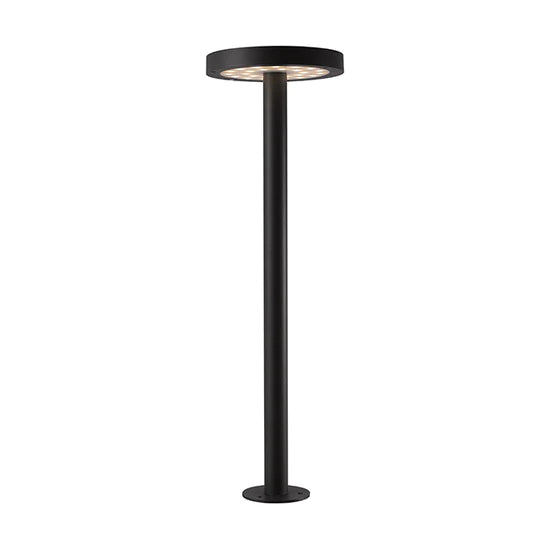In recent years, the use of LED lights for indoor gardening and plant cultivation has gained significant popularity. These energy-efficient and long-lasting lights offer a cost-effective solution for providing the necessary light spectrum for plant growth. However, a common question that arises is whether any LED light can be used as a grow light.
Understanding the Light Spectrum
Before we delve into the question at hand, it's crucial to understand the light spectrum requirements for plants. In nature, plants rely on sunlight, which contains various wavelengths of light. The two primary spectra that play a vital role in plant growth are:
-
Photosynthetically Active Radiation (PAR): This spectrum ranges from 400 to 700 nanometers (nm) and includes blue (400-500nm) and red (600-700nm) light. PAR is essential for photosynthesis, which is the process through which plants convert light energy into chemical energy.
-
Full Spectrum: This refers to a broader range of light that includes not only PAR but also other wavelengths such as ultraviolet (UV) and infrared (IR). Full-spectrum lights aim to mimic natural sunlight and provide a more comprehensive light spectrum for plant growth.
LED Lights and Plant Growth
LED lights are well-suited for indoor gardening due to their energy efficiency, durability, and ability to emit specific light wavelengths. However, not all LED lights are suitable for plant growth. Standard LED lights used for general lighting purposes emit a limited range of light wavelengths and may not provide the optimal spectrum for plants.
LED Grow Lights
LED grow lights are specifically designed to provide the necessary light spectrum for plant growth. They typically utilize a combination of blue and red LEDs to cover the essential PAR range. Advanced models may also include additional LEDs for a more complete spectrum. These lights are carefully calibrated to promote photosynthesis, encourage vegetative growth, and enhance flowering and fruiting stages.
Key Considerations for LED Grow Lights
-
Light Spectrum: Ensure that the LED grow light covers the necessary PAR range, including both blue and red light. Full-spectrum lights offer a broader range of wavelengths that can benefit plants at different growth stages.
-
Intensity: The intensity of light is measured in terms of photon flux density or micromoles per square meter per second (µmol/m²/s). Different plants have varying light requirements, so it's essential to match the light intensity to the specific needs of your plants.
-
Coverage Area: Consider the size of your growing area and choose an LED grow light that can adequately cover the required space. Some lights come with adjustable or modular designs that allow you to expand or focus the light as needed.
-
Energy Efficiency: Look for lights that are energy-efficient to minimize power consumption and reduce operating costs. LED grow lights are known for their energy efficiency compared to traditional lighting options.
-
Heat Management: LEDs generate heat, and excessive heat can damage plants. Opt for LED grow lights with efficient heat dissipation mechanisms, such as built-in fans or heatsinks, to ensure the temperature remains within a safe range.
While LED lights offer numerous benefits for indoor plant cultivation, not all LED lights are suitable for use as grow lights. Standard LED lights used for general lighting purposes do not provide the necessary light spectrum for optimal plant growth. To ensure healthy and vigorous plants, it is crucial to invest in dedicated LED grow lights that cover the essential PAR range, offer sufficient intensity, and meet the specific requirements of your plants. By considering the factors mentioned above, you can select the right LED grow light and maximize the potential of your indoor garden or plant cultivation setup.
Please click here for our LED Grow Lights




































